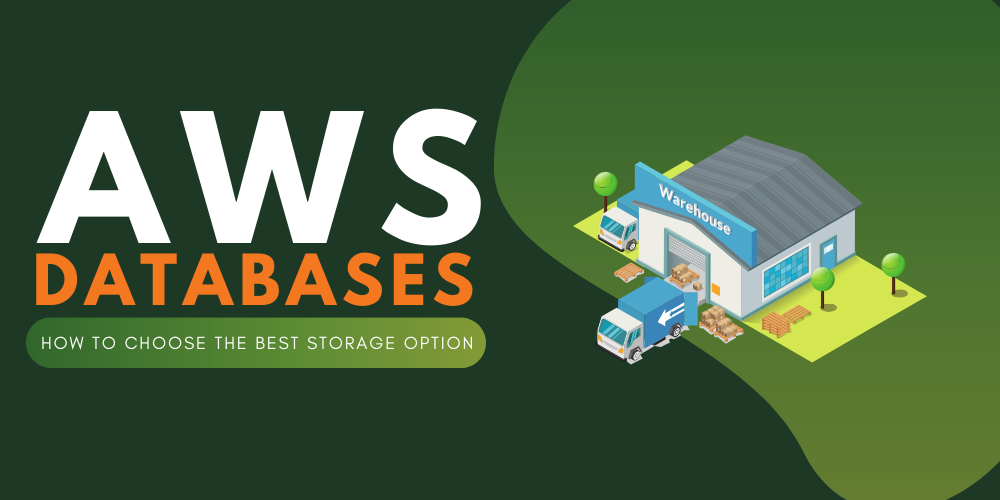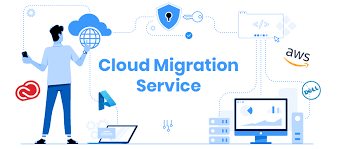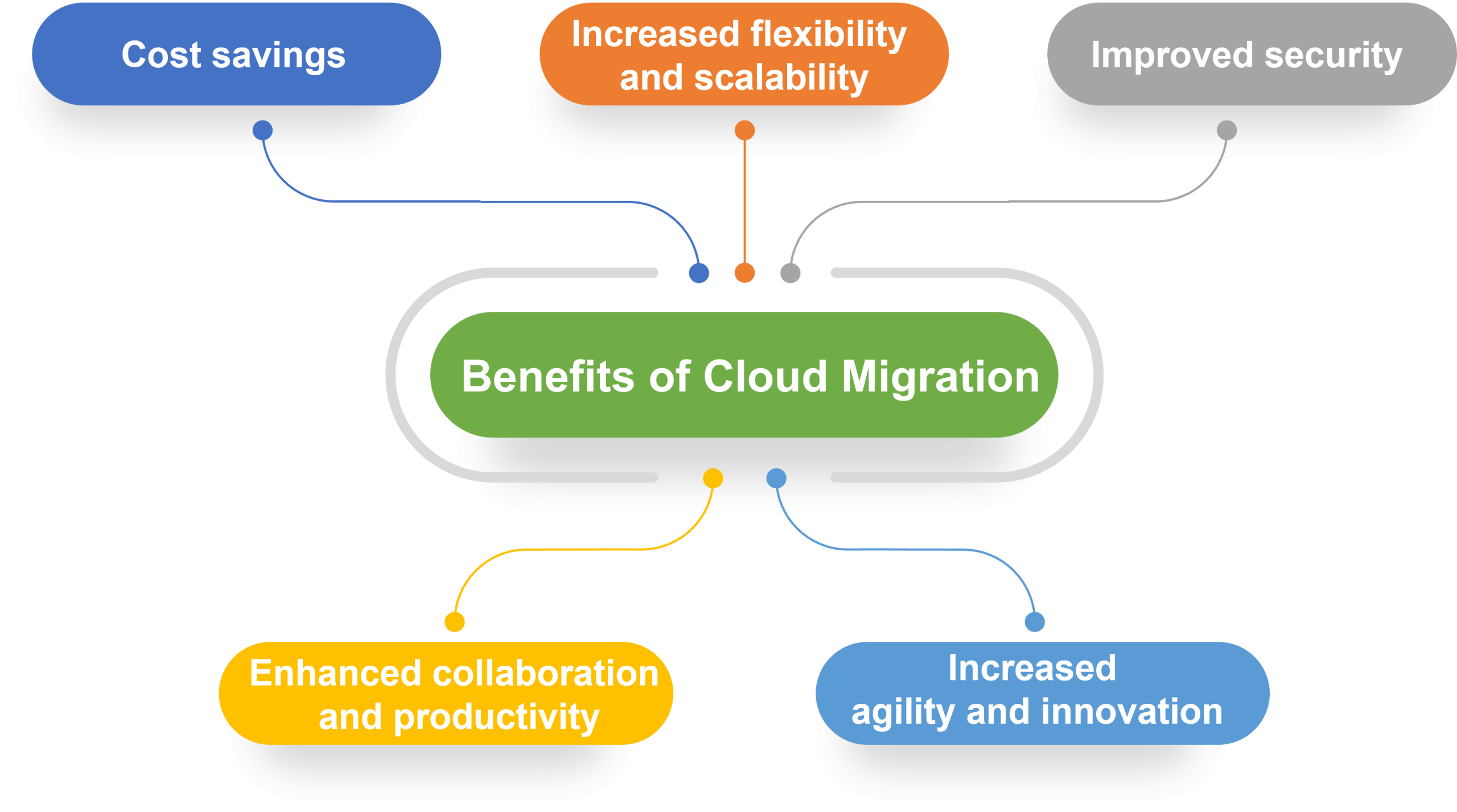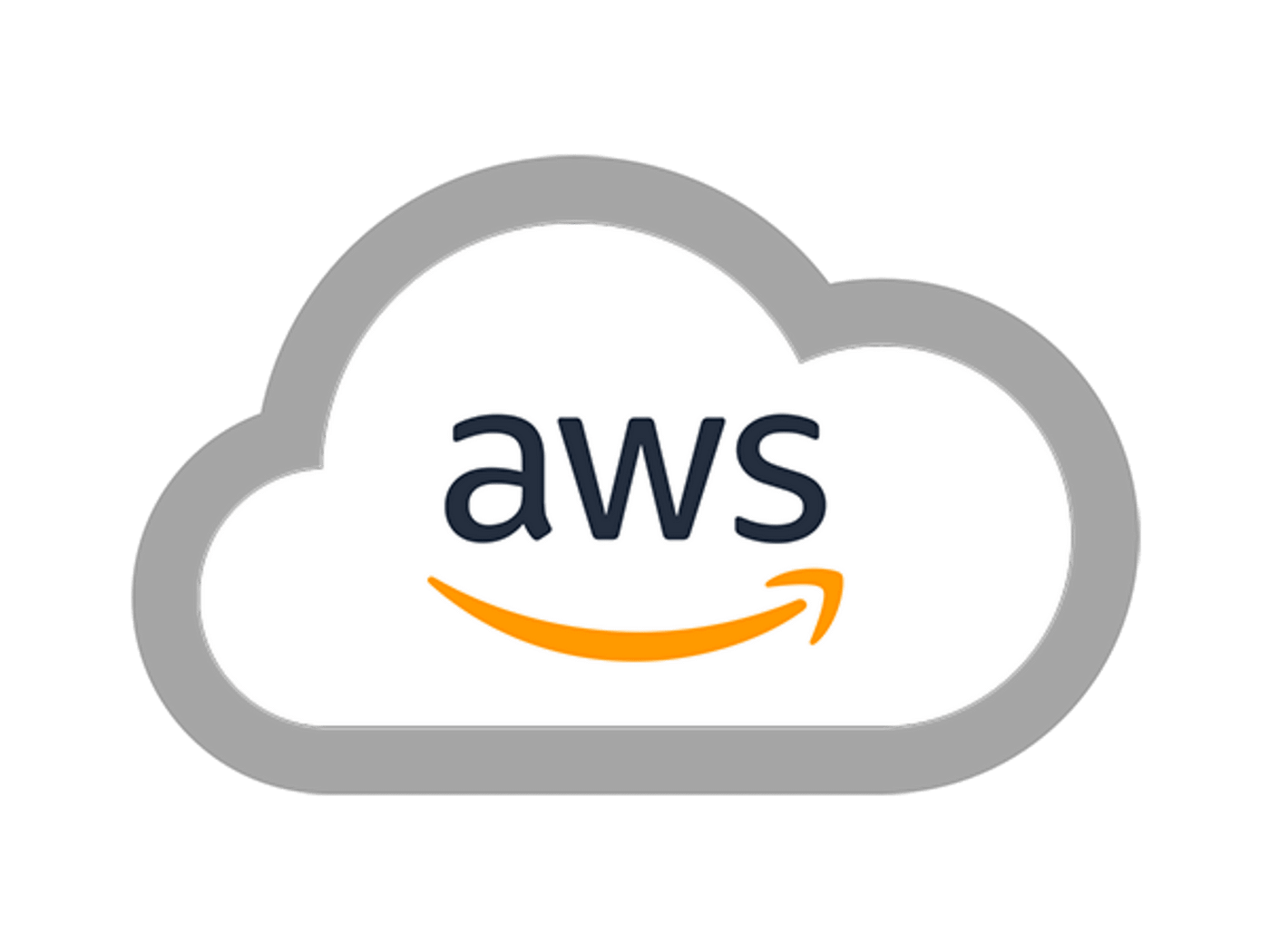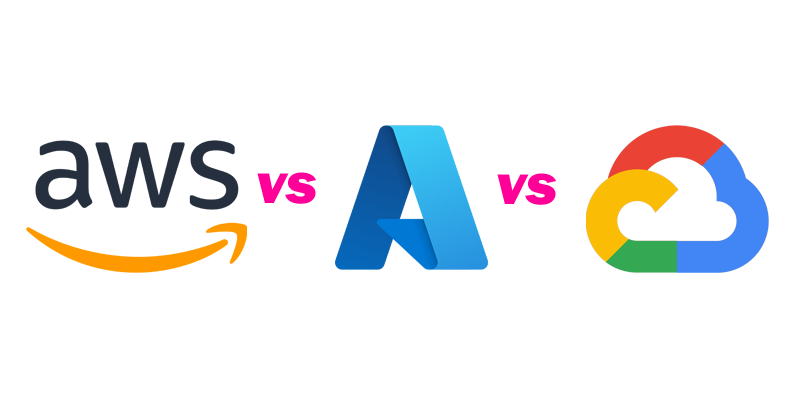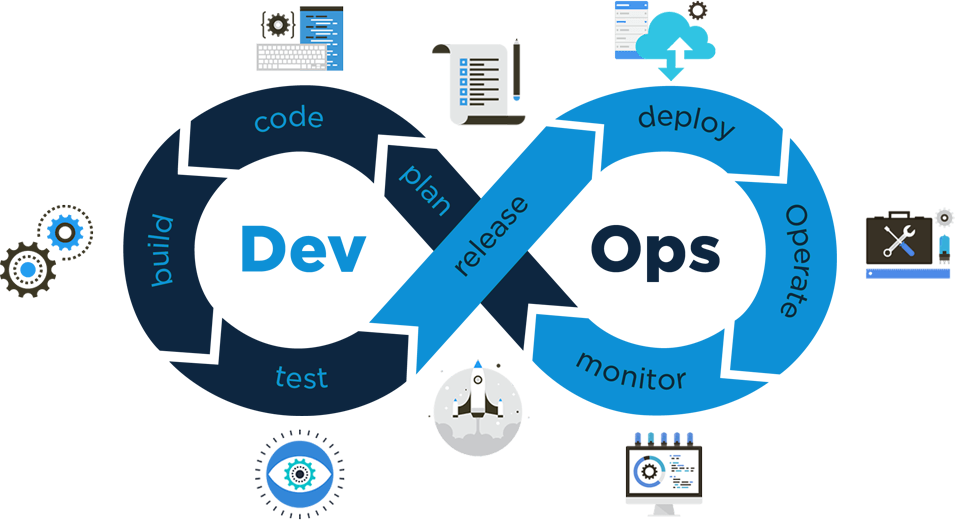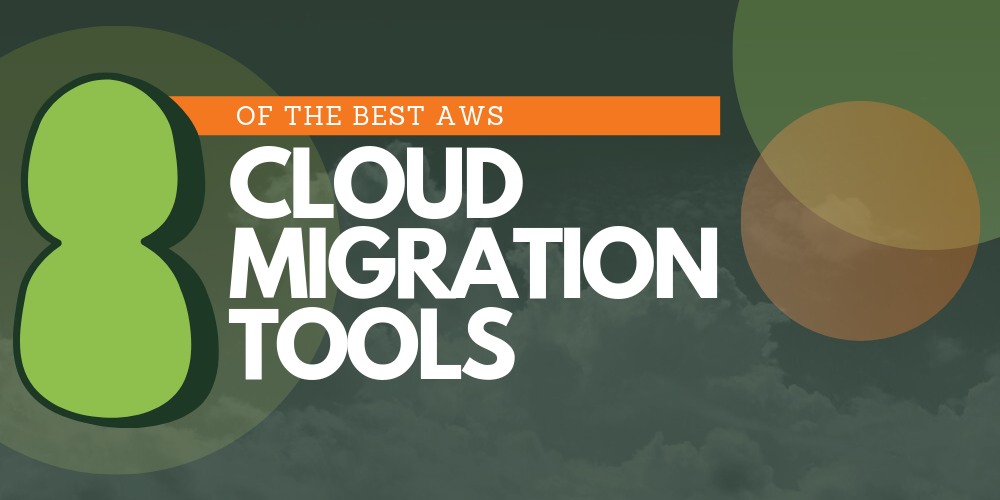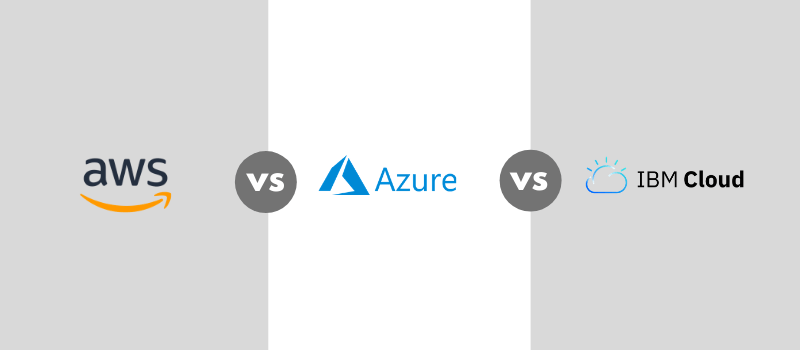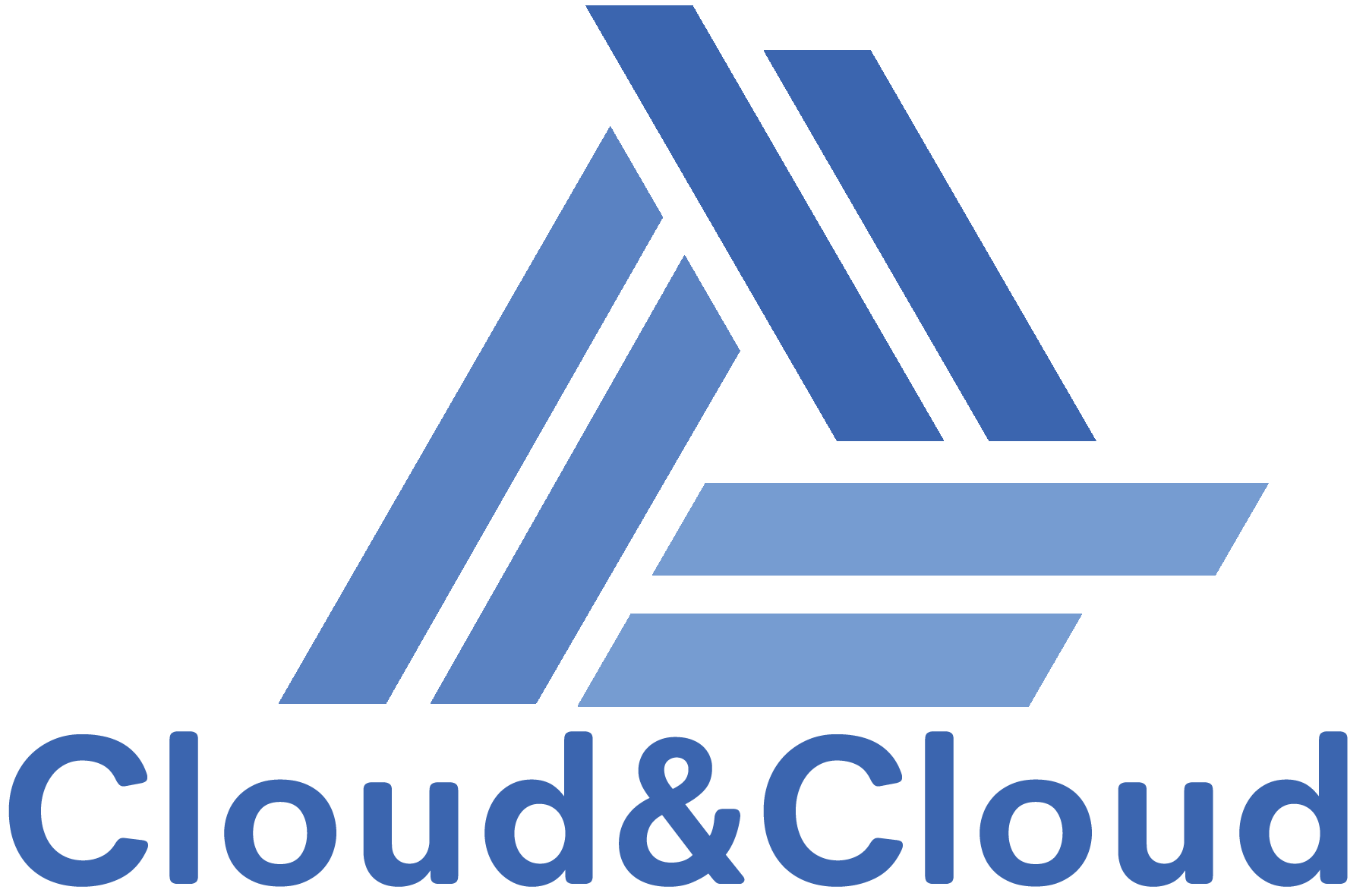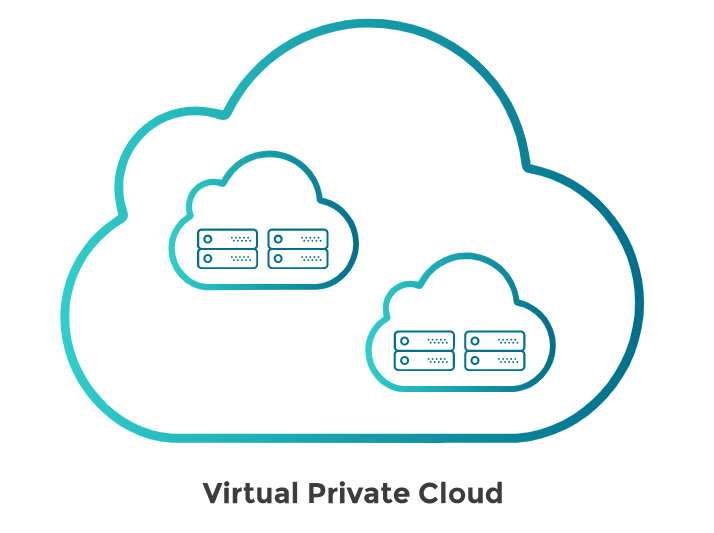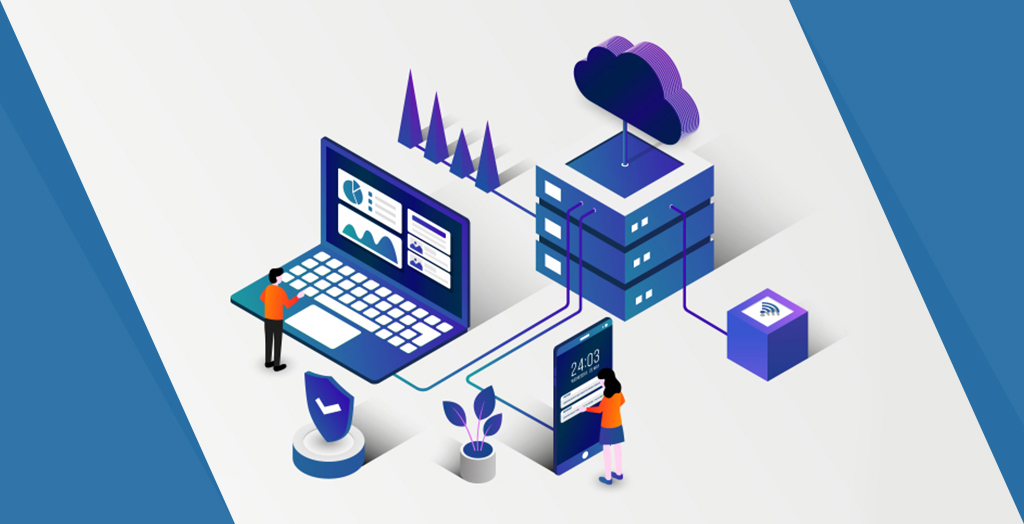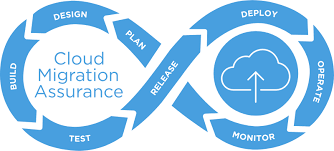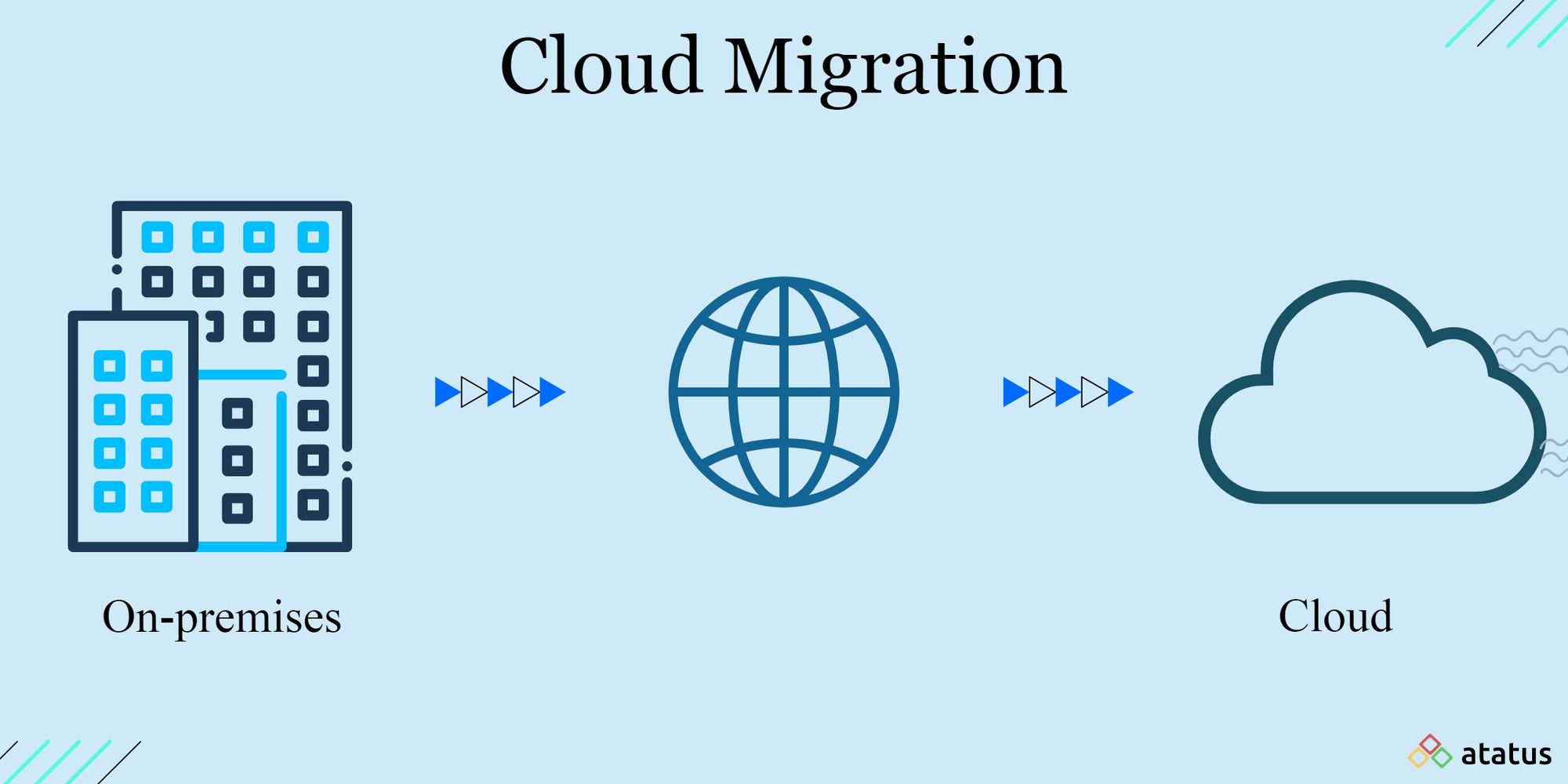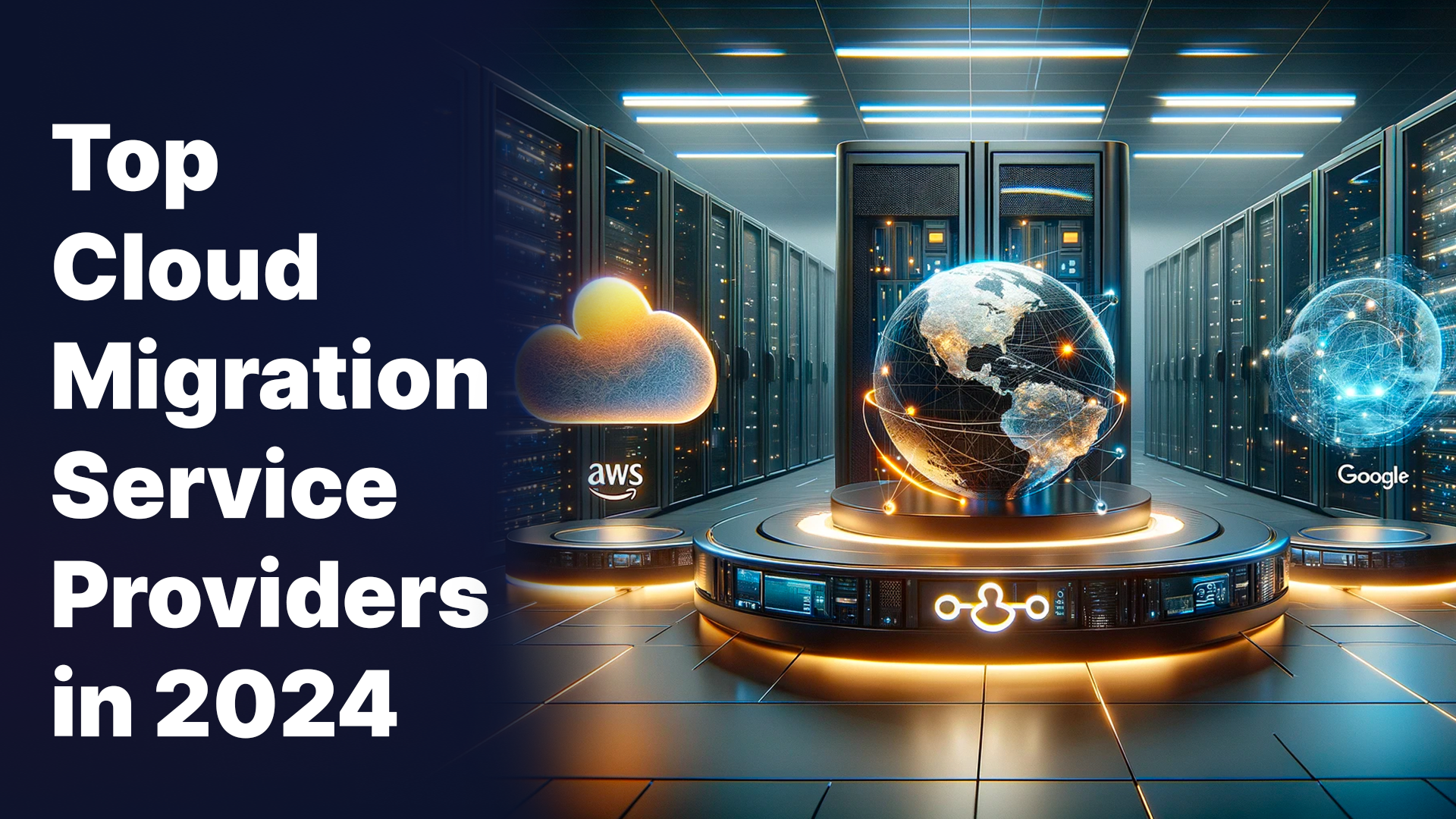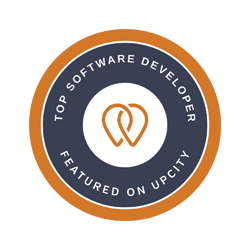Expense Optimization Strategies in Cloud Infrastructure and Application Migration Services
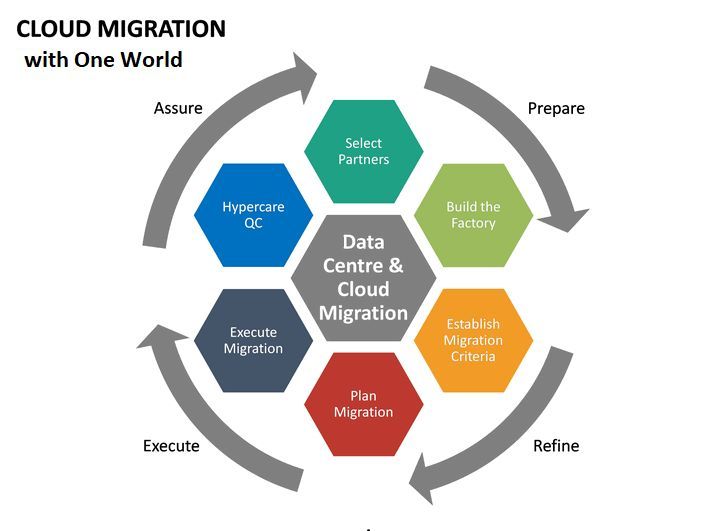
Introduction:
In today’s corporate landscape, more and more companies are turning to cloud computing to enhance their agility, scalability, and innovation capabilities. However, even though there are a host of benefits connected with migrating to the cloud, proficient management of costs remains an urgent concern for organizations spanning all fields. In this article, we will delve into detailed strategies aimed at cost optimization that have been carefully formulated to meet the specific demands involved in utilizing both cloud infrastructure as well as application migration services.
About Cloud Infrastructure and Application Migration Services
Cloud infrastructure and application migration services involve intricate procedures and technologies for transferring an entity’s IT assets from on-site environments to cloud-based frameworks. This extensive process entails relocating various infrastructure elements such as servers, storage systems, and networking setups, alongside software applications, to cloud environments. This is facilitated by prominent providers like Amazon Web Services (AWS), Microsoft Azure, and Google Cloud Platform (GCP), among others. The primary objective of these services lies in empowering entities to capitalize on cloud computing advantages like scalability, flexibility, cost-effectiveness, and innovation, all while maneuvering through the intricacies of transitioning from traditional on-premises configurations to contemporary cloud architectures. Covering everything from initial assessment and strategic planning to execution and continuous refinement, cloud infrastructure and application migration services serve as indispensable drivers of digital metamorphosis and bolster business adaptability within the dynamic realm of technology.
Exploring the Financial Dynamics of Cloud Migration
Before delving into tactics for enhancement, it is imperative to comprehend the fundamental financial costs intertwined with cloud infrastructure and application migration. They might encompass:
- Computational Assets: The expenditures linked with virtual machine deployment, CPU consumption, and memory allotment.
- Data Warehousing: The financial outlay associated with storing data, object storage, block storage, and archival data preservation.
- Network Infrastructure: Charges incurred for data transmission, bandwidth consumption, and network asset utilization.
- Agreements for Licensing: Financial commitments about software licensing, subscription fees, and usage entitlements.
- Support and Sustenance: Expenditures correlated with continuous assistance, surveillance, and administration of cloud-based resources.
Expense Optimization Strategies
- Adjusting Resource Sizes: Let’s start by optimizing how we allocate resources. We can do this by accurately sizing virtual machines and storage capacities based on usage patterns. Regular evaluations will help us identify any underutilized resources that we can either downsize or decommission to save costs.
- Capitalizing on Reserved Instances: Leveraging Reserved Instances (RIs) or Savings Plans from cloud providers allows organizations to take advantage of discounted pricing by matching commitments to workload requirements, optimizing cost savings effectively.
- Dynamic Scaling Implementation: Implementing dynamic scaling is essential to adapt compute resources flexibly in response to changes in workload. This ensures peak performance while minimizing costs, particularly during periods of reduced activity.
- Strategic Storage Management: Consider implementing tiered storage strategies, where frequently accessed data resides on high-performance tiers, while less accessed data is stored on more cost-effective tiers or archival solutions. This approach allows for optimized storage costs while maintaining accessibility levels.
- Network Expense Optimization: Trimming data transfer costs involves fine-tuning network traffic and leveraging content delivery networks (CDNs) for caching purposes. Additionally, efficient data transfer protocols and compression techniques can further reduce bandwidth consumption.
- Adoption of Containerization and Serverless Models: there are different containerization tools like Docker and Kubernetes, to help streamline resource utilization as well as reduce costs by paying solely for usage.
- Modernization of Legacy Applications: Revamp aging applications via refactoring or rearchitecting to capitalize on cloud-native services and microservices architectures, enhancing scalability and performance while slashing infrastructure and operational expenses.
- Continuous Expense Oversight and Enhancement: Deploying robust monitoring and cost control mechanisms allows organizations to monitor cloud expenditures in real time, identifying opportunities for cost reduction. Cost allocation tags and budgetary limits are instrumental in avoiding budget overruns.
- Optimization of Licensing Expenses: Investigate options like bring-your-own-license (BYOL) and volume licensing deals to cut down on software licensing expenditures. Centralizing licenses and negotiating favorable terms with vendors can yield substantial savings.
- Establishment of Cloud Governance Frameworks: Instituting cloud governance protocols and standards helps enforce cost-efficiency norms across the organization. Educating stakeholders and teams on fiscal mindfulness and responsibility fosters a culture of cost optimization.
Conclusion:
The search for expense optimization emerges as a crucial imperative for businesses embarking on the journey of digital transformation in the vast domain of cloud infrastructure and application migration services. Navigating the financial difficulties of cloud migration requires detailed planning and foresight, given the various strategies aimed at curbing expenses. Through the adoption of techniques such as right-sizing resources, utilization of reserved instances, and implementation of dynamic scaling, enterprises can effectively manage costs while harnessing the scalability and innovation offered by cloud platforms.
Moreover, the pursuit of cost optimization extends beyond tactical adjustments; it requires a comprehensive approach encompassing continual monitoring, modernization initiatives, and the establishment of robust governance frameworks. By engaging in vigilant oversight, strategically modernizing legacy applications, and enforcing cloud governance policies, organizations can foster a culture of fiscal awareness and responsibility, thereby promoting enduring cost efficiency in their cloud endeavors.
The obstacles may occur in the journey toward cost optimization in cloud infrastructure and application migration services, but these obstacles also create great opportunities for innovation, streamlining operations, and encouraging sustainable growth. By embracing these strategies and principles, organizations can navigate the ever-evolving landscape of cloud computing with assurance, unlocking the full potential of digital transformation while upholding a steadfast commitment to financial prudence and responsible business practices. Businesses navigate the landscape of cloud computing with confidence, unlocking the potential of digital transformation while maintaining a commitment to financial stability through the adoption of these strategies and principles and by upholding responsible business practices.
FAQs
- How does Infrastructure as a Service in cloud computing differ from other cloud service models like Platform as a Service (PaaS) and Software as a Service (SaaS)?
The difference between Infrastructure as a Service (IaaS), Platform as a Service (PaaS), and Software as a Service (SaaS) involves discerning the degree of user autonomy concerning the foundational infrastructure. IaaS grants users significant control and adaptability by furnishing virtualized computing resources. Compared to this PaaS makes application development simple by abstracting infrastructure complexities, and SaaS offers pre-built software applications accessible over the Internet.
- What are the primary objectives and advantages of implementing cloud network monitoring tools and techniques?
Network monitoring tools and techniques deployed in cloud environments are integral to maintaining optimal network performance and security. Businesses can swiftly identify and rectify potential issues with the constant surveillance of network traffic and performance indicators which can lead to operational effectiveness in operational and periods of reduced inactivity.
- What criteria should organizations consider when evaluating and selecting cloud infrastructure companies for their business requirements?
Businesses that are looking to choose the best cloud infrastructure providers from all must consider multiple concerns such as reliability, scalability, security, compliance, and cost-effectiveness for their data because these all uptime guarantees and factors can provide protection measures for your data and can help align businesses’ requirements accordingly.
- What emerging trends and advancements are shaping the future of cloud computing infrastructure, and how might they impact businesses and industries?
The landscape of cloud services is vast but some of the trends in cloud computing infrastructure such as edge computing, serverless architecture, and containerization are reshaping the future of cloud computing which will create new possibilities across industries.
